Baseball History Comes Alive Now Ranked #2 by Feedspot Among All Internet Baseball History Websites and Blogs!
Guest Submissions from Our Readers Always Welcome!
Scroll Down to Read Today’s Essay
Subscribe to Baseball History Comes Alive for automatic updates.
Today Matt Kastel concludes his three-part series on the St. Louis Browns with an interesting account of the Brown’s last game. In a fitting conclusion to their 51-year run in St. Louis and their well-earned reputation for ineptitude, they ran out of balls in the last game! -GL
The St. Louis Browns Last Game: September 27, 1953
Part Three
The 1953 squad, true to their reputation, was not good, finishing the season at 54-100. They were also last in the American League in attendance at 297,238. The Browns’ run differential that year was -233.
If you believe in Wins Against Replacement (WAR) as a measure of a player’s worth, pitcher Don Larson was their best player, going 7-12 and sporting a 4.16 ERA. Larson, of course, three years later would go down in history in 1956 by throwing a perfect game for the Yankees in the World Series against the Brooklyn Dodgers.
The legendary, then 46-year-old, Satchel Paige tied for the second-highest WAR on the Browns squad that season. How Paige got the nickname Satchel (Leroy was his given name) is a matter of folklore. Some say the nickname Satchel came as he was a porter as a boy. A boyhood friend of Satchel claims he gave him the nickname because he was caught stealing a bag.
At age 12, Satchel was sent to reform school for truancy and theft where he learned how to pitch. Free from incarceration at age 17, he had this to say about his time away:
“I traded five years of freedom to learn how to pitch. At least I started my real learning on the Mount (the reform school). They were not wasted years at all. It made a real man out of me.”
Paige, outside of his obvious skills as a pitcher, was famous for his folksy, humorous quotes about baseball and life. His sayings, like most things about Paige, such as his age, are hard to pin down on what is a fact, and what is a legend.
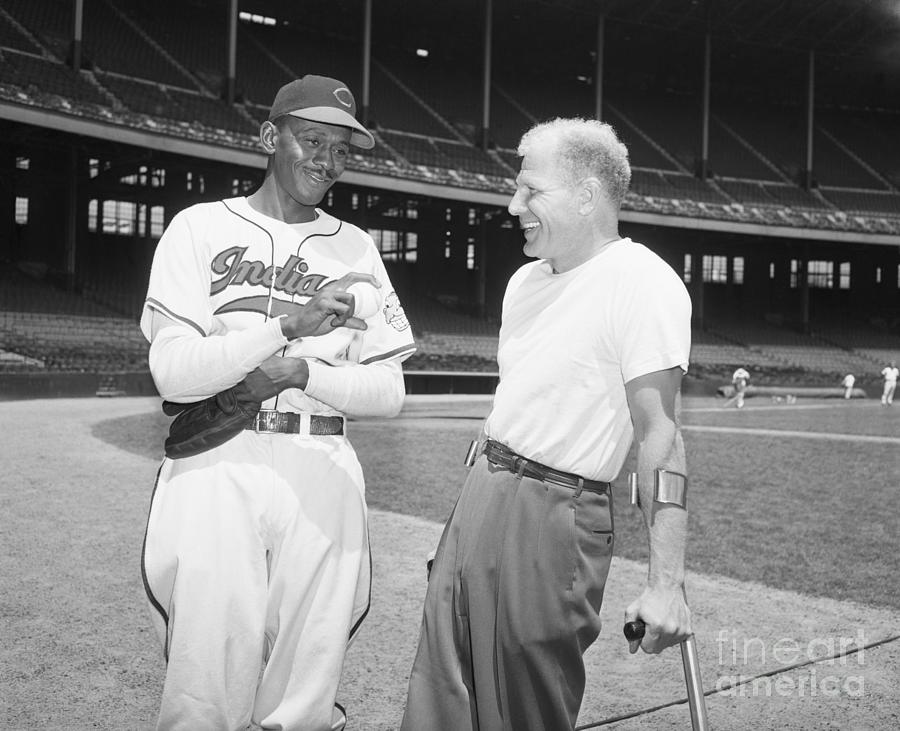
What isn’t in dispute is that Satchel Paige was a hell of a pitcher. He could throw hard, was durable, and would use any arm slot imaginable to get a hitter out. Due to the tragedy of segregation, it wasn’t until 1947 that Paige was allowed to play Major League Baseball. Paige pitched for the Cleveland Indians during his rookie season. The owner of the Indians who signed Satchel Paige was none other than Bill Veeck. One imagines with Paige’s skill, humor, and ability to entertain, that he was Veeck’s kind of player.
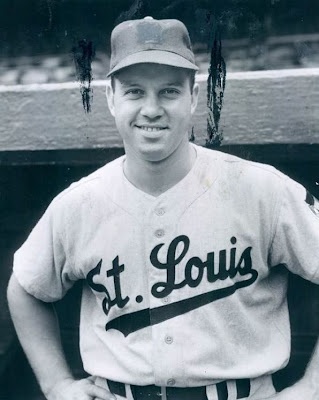
Some other notable names on the Browns in 1953 include Harry ‘the Cat’ Brecheen, Virgil Trucks, Vern Stephens, Roy Sievers, Vic Wertz, and Bob Turley. Remarkably, former Texas Ranger manager and starting shortstop for the 1953 Browns, Billy Hunter, is, as of this writing, still alive, being 96 years old.
Finally, in a fitting bit of serendipity, former Detroit Tiger pitcher, Bob Cain, who was on the mound when Eddie Gadael had his only big league at-bat, finished out his career with the Browns that season.
The last win for the Browns came on their 151st game (then a 154-game season) against the Tigers in Detroit. As it was allegedly Satchel Paige’s forty-sixth birthday (most believe his birthday was in reality, July 7th) he got the start and the win, pitching seven innings and allowing three runs before Don Larsen pitched two scoreless innings for the save.
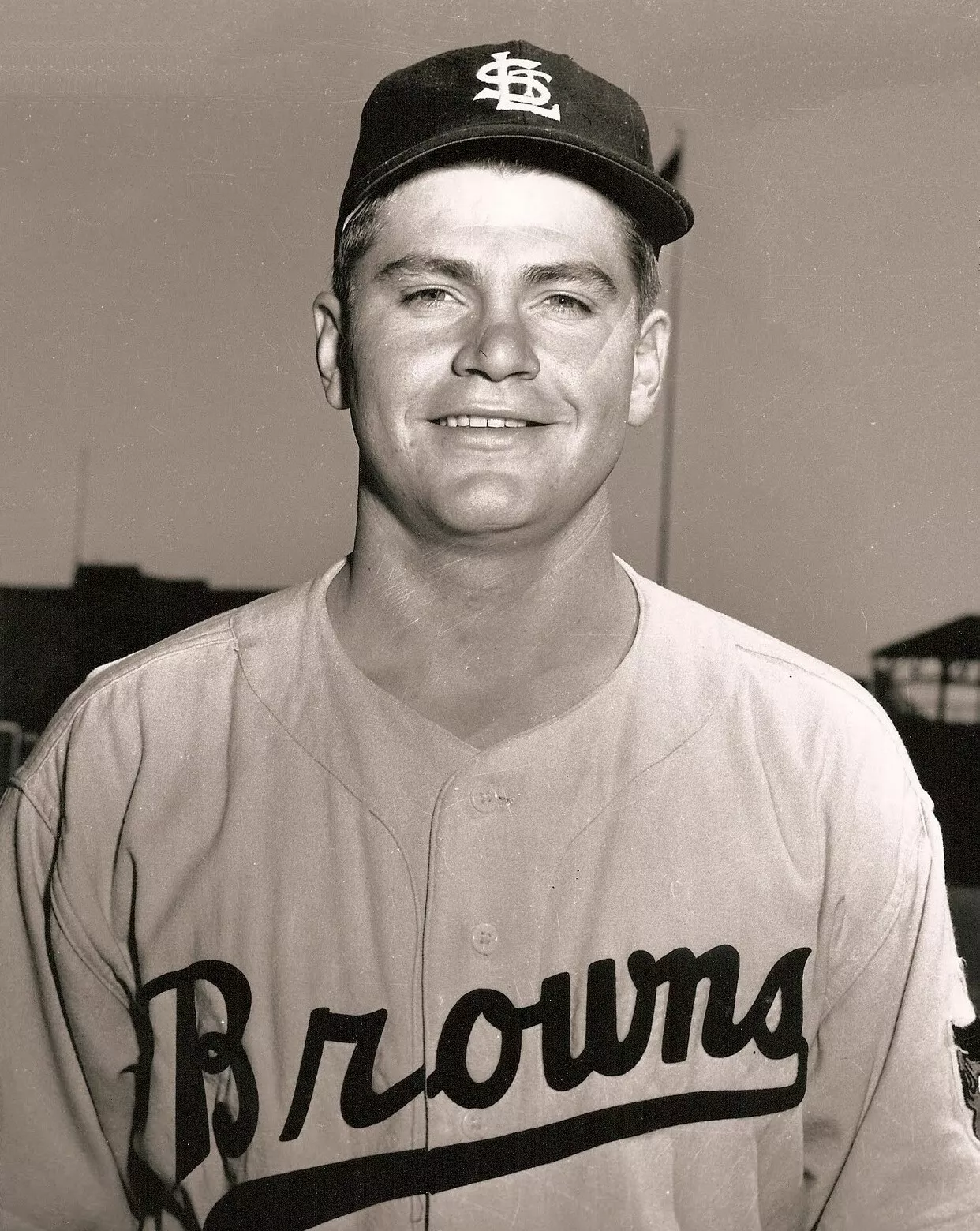
The Browns then came home for a three-game weekend set against the Chicago White Sox to finish out the season and their time as the St. Louis Browns. On Friday night, in front of only 2,068 fans, they lost 7-2. Of note, a young Bob Turley got the start and loss for the Browns. Turley was only 22 at the time, and along with Don Larsen, he would later be shipped off to the Yankees, in a lopsided trade. Turley would then go on to be part of seven different squads that made the World Series, as well as having led the American League in wins in 1958 with 21 and being named the Cy Young Award winner.
In front of a crowd of 1,937 people, Saturday’s game also ended in defeat, this time 6-3. Larsen, fresh from his save on September 22, got the start and the loss, lasting seven innings and giving up six runs.
Although at the time it wasn’t official that September 27, 1953 would be the final Browns game, it was generally understood by the fans and media that this was likely the case.
A gathering of 3,174 fans showed up for the last game that The Sporting News described as a “wake.” The Sporting News also reported that an effigy of Bill Veeck was hanged in the ballpark a few games previously.
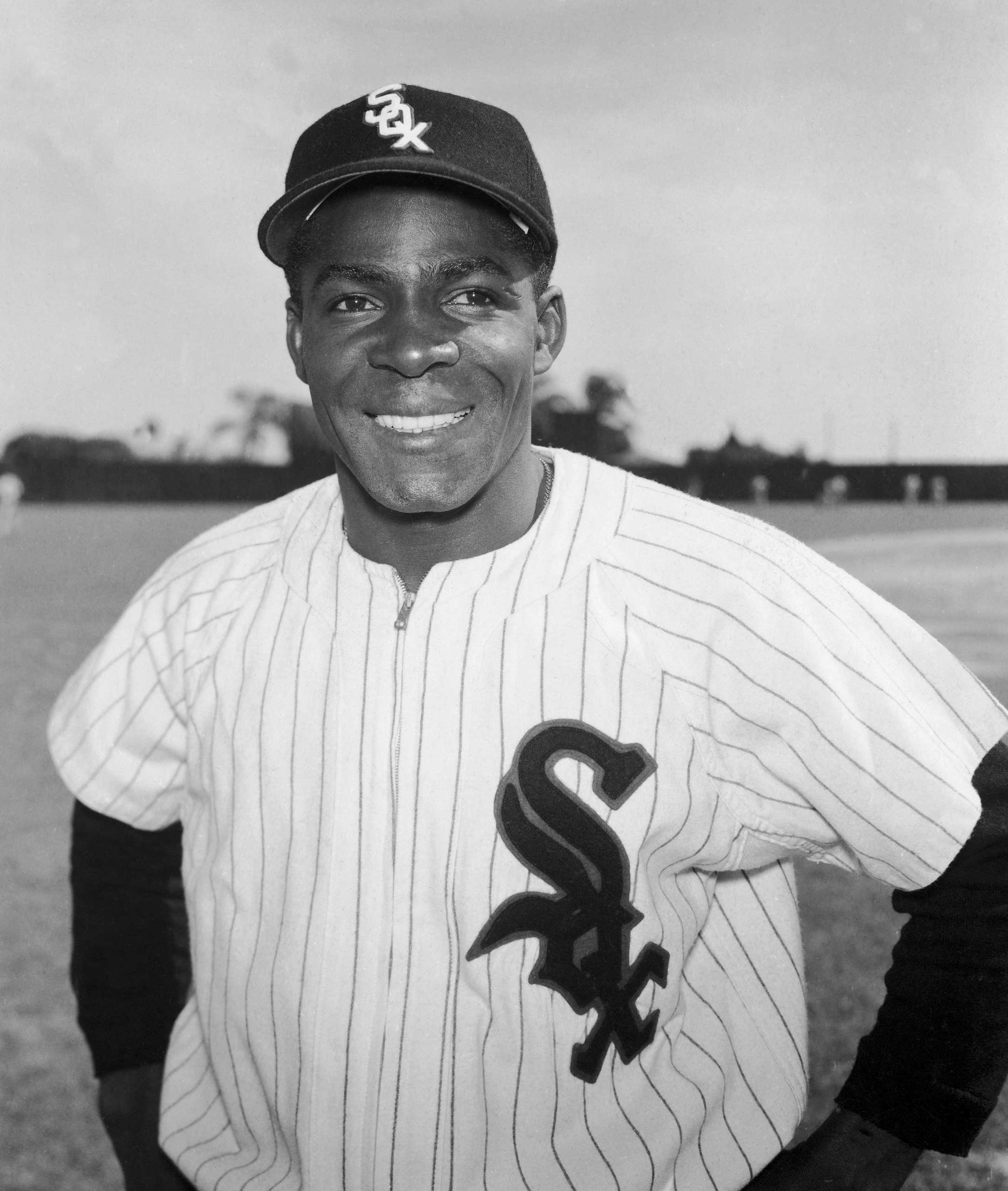
The White Sox were looking for the weekend sweep that Sunday, and the Chi-Sox were having a good year, going into the last game with an 88-65 record. Offensively they were led by Minnie Mimosa, who drove in over 100 runs, hit .313, and finished fourth in the MVP voting. On the mound was southpaw Billy Peirce, the team’s best pitcher, winning 18 games that year and having a 2.73 ERA.
The Browns countered by tapping Duane Pillette to start the game. Pillette would have the distinction of losing the last Browns game, and then winning the first Orioles game after the team moved east in 1954.
As part of the last game, four fans who had attended the Brown’s first game in 1902 were in attendance on September 27th. The photo of this quartet ended up in the St. Louis Post Dispatch the next day.
The stars of the game were both starting pitchers, who would throw eleven-inning complete games. When the end of the ninth inning rolled around, plate umpire Art Passarella asked for more baseballs and was told the Browns had none left.
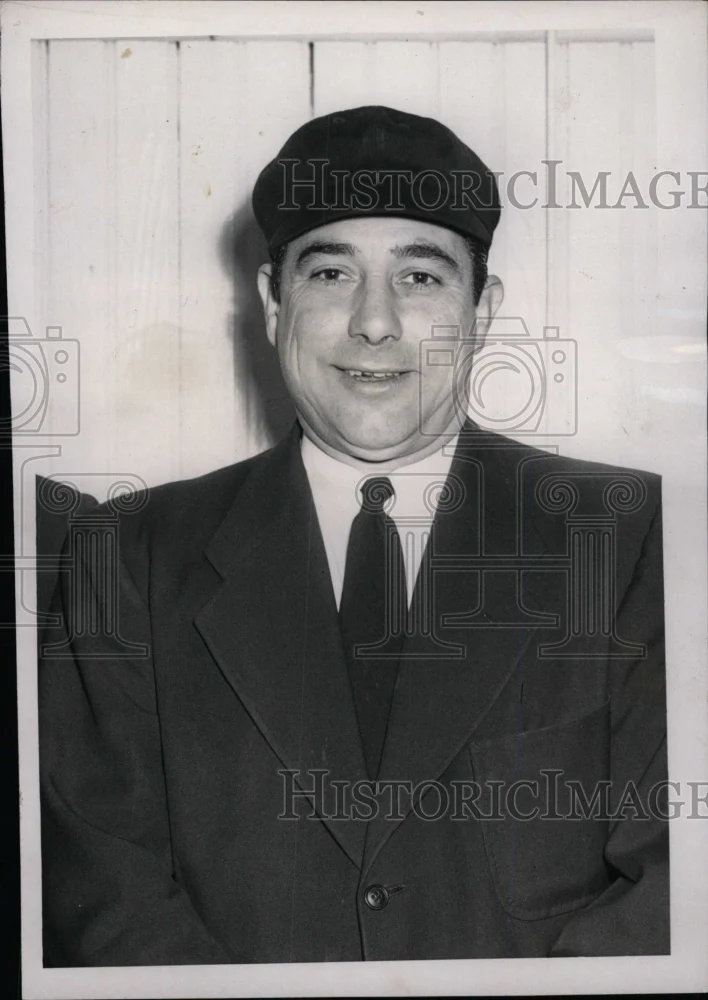
After his umpiring days were over, Passarella went into acting, usually portraying an umpire in movies such as Damn Yankees and That Touch of Mink as well as the TV show Ironside. He was also the umpire in the classic homerun hitting contest show Home Run Derby in 1960. Passarella also had several acting parts where he didn’t play an umpire, including in the TV show Sea Hunt, five episodes on the Streets of San Francisco as Officer Sekulavich, and as a henchman in four episodes of The Untouchables.
With no baseballs left, Passarella was forced to use previous balls thrown out earlier for being deemed unusable. The Sporting News reported it this way,
“With their working capital reduced to practically nothing, the Browns came close to being unable to finish their last game of the American League season. Unknown to the fans in the stands, September 27, the baseballs supplied by the home club ran completely out after the game with the White Sox passed the ninth inning and went into overtime.”
In the top of the eleventh, Minnie Minoso doubled to right to put the White Sox up 2-1. In the bottom of the eleventh, the Browns went down with a whimper and in order, with the last out being made by Jim Dyck when he flew out to center. The final ball used in a Browns game was handed over to the team’s publicist, Bob Fishel, for posterity. Fittingly, the ball had a large cut down the middle.
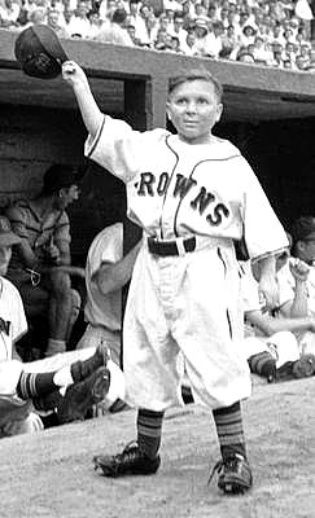
Bob Fishel, who had worked for Veeck in Cleveland and later would have a respected career as a baseball executive for both the New York Yankees and the American League, was one of the few people Veeck had trusted to share the secret about the Eddie Gaedel stunt in advance. It had been Fishel’s job to deliver his contract late to ensure no one with the American League would check it before the game. For the record, Fishel thought the Eddie Gaedel game wasn’t appropriate, but out of loyalty to Veeck didn’t try to stop it from happening.
Once the game was over, the grounds crew and the umpires shook hands, believing they would never see each other again. Manager Marty Marion was quoted as saying, “It’s sad — sure,” he said of the possibilities of the Browns moving out of town. “When the attendance is down, the money is down, and it takes money to build a ball club.”
The next day the St. Louis Post Dispatch ran the headline, “Was it ‘Goodby Browns’ Or Just ‘So Long ‘Til ’54?”
It was goodbye.
Satchel Paige is best remembered today for his oft-repeated quote that sums up his philosophy on baseball and life. “Don’t look back, something might be gaining on you.” Perhaps the Browns should have looked back before it was too late.
On September 30th the American League approved the franchise move to Baltimore as Bill Veeck’s controlling stock was bought for $2,475,000. That vote was unanimous.
Matt Kastel
Background information: Bill Veeck Holds Grandstand Managers’ Night
Photo Credits: All from Google search
Click on the green “Follow Us” icon below to subscribe to our website, Baseball History Comes Alive to receive email updates of new essays as they are published. Our site has over 1500 fully categorized baseball essays and photo galleries, now surpassing the one million hits mark with over 1,228,000 hits and over 950 subscribers: https://wp.me/P7a04E-2he
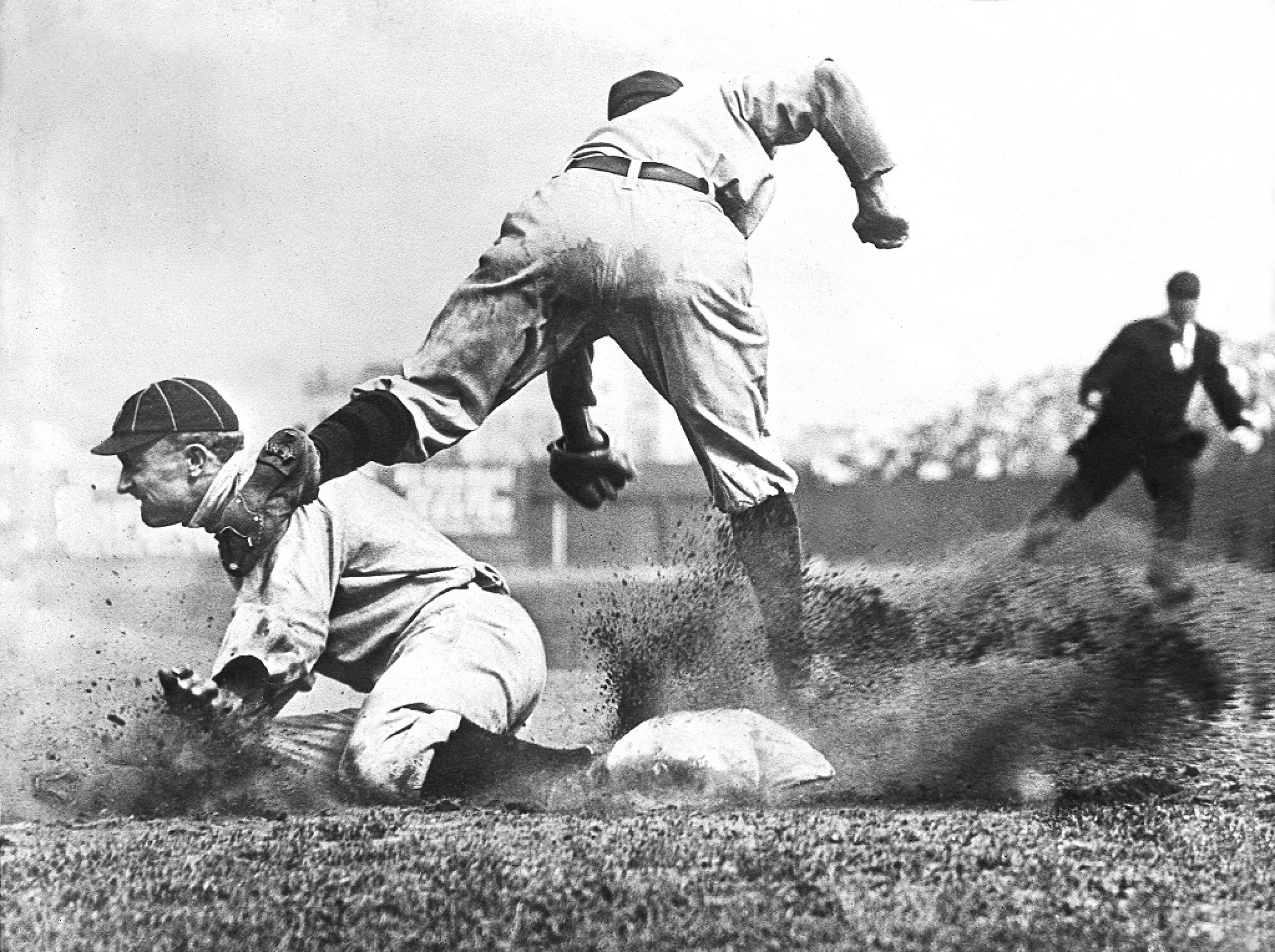
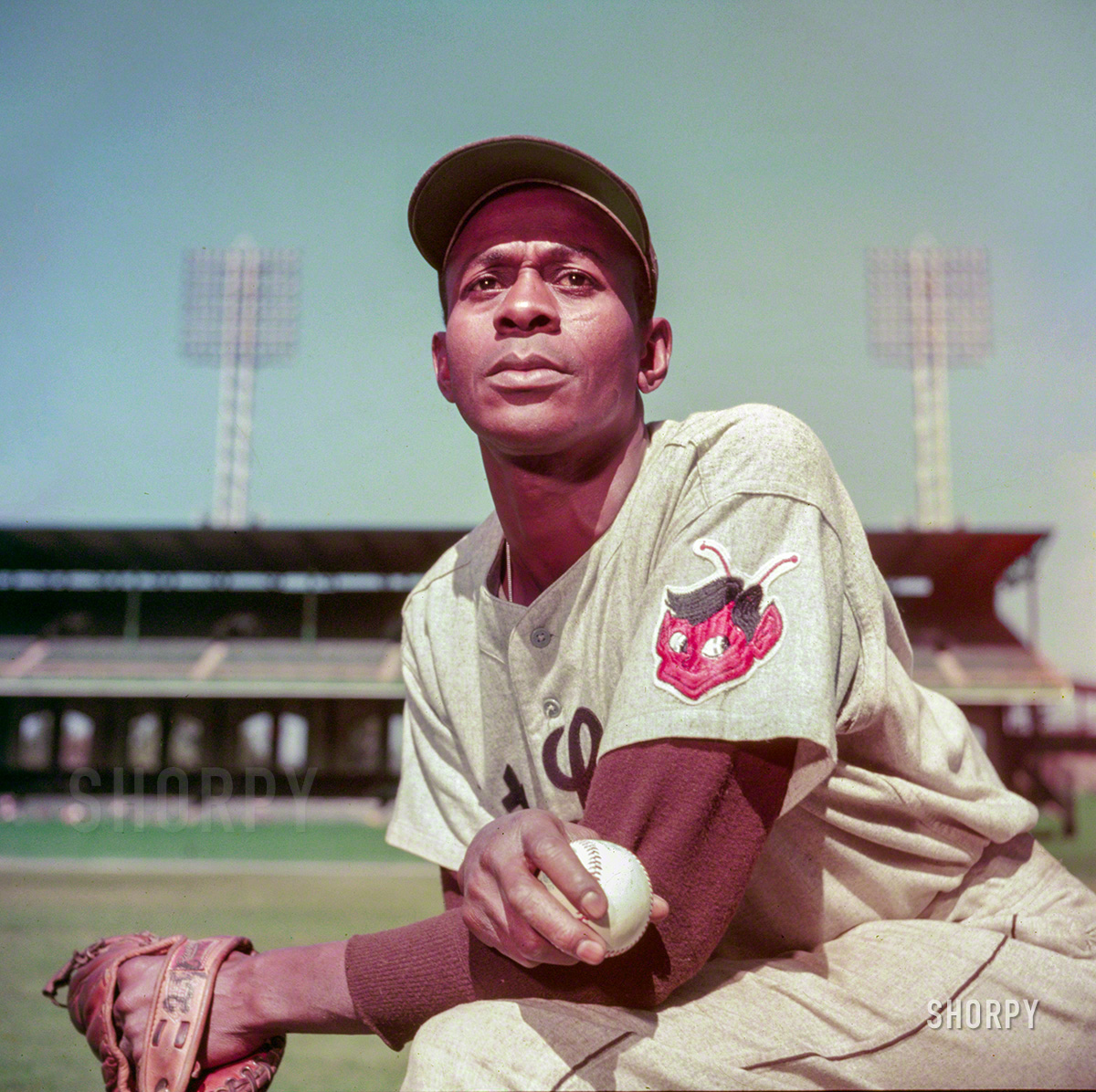
Great series, Matt!
I joined the St. Louis Browns Historical Society three years ago. They publish an informative magazine that comes out twice a year.
(Gary, it is taking me time to get used to the new format of the new site.Too busy and a lot of pop ups (ads, not flies).